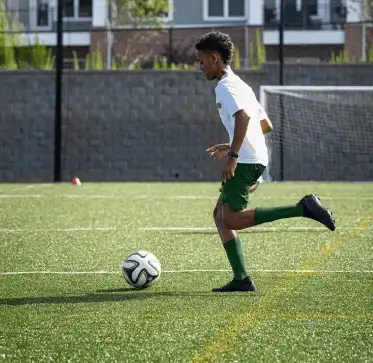CRFC
NEWSLETTERS
NEWSLETTERS FOR OUR LATEST EVENTS
Speed and agility are essential skills for any young soccer player. They enhance overall athletic performance and contribute significantly to a player’s coordination, quickness, and injury prevention. Developing these skills can make a substantial difference in a young athlete’s game.
Fundamental Concepts
What Are Speed and Agility?
Speed is the ability to move quickly across the ground, while agility is the ability to change direction quickly and efficiently. Both are essential for soccer players, allowing them to outrun opponents, react swiftly to changes in play, and maintain control of the ball.
Why Are They Important?
Speed and agility improve overall performance on the field. Faster and more agile players can cover more ground, evade defenders, and create more scoring opportunities. Additionally, these skills help prevent injuries by enhancing coordination and balance.
Essential Drills
for Speed and Agility
Warm-Up Drills
Before diving into intense training, it’s crucial to warm up properly. Here are some effective warm-up drills:
Dynamic Stretching
It involves controlled movements that improve the range of motion and prepare the muscles for action. Examples include leg swings, arm circles, and high knees.
Light Jogging
It helps increase muscle blood flow, preparing them for more intense activity. Jogging for 5-10 minutes at a light pace is ideal.
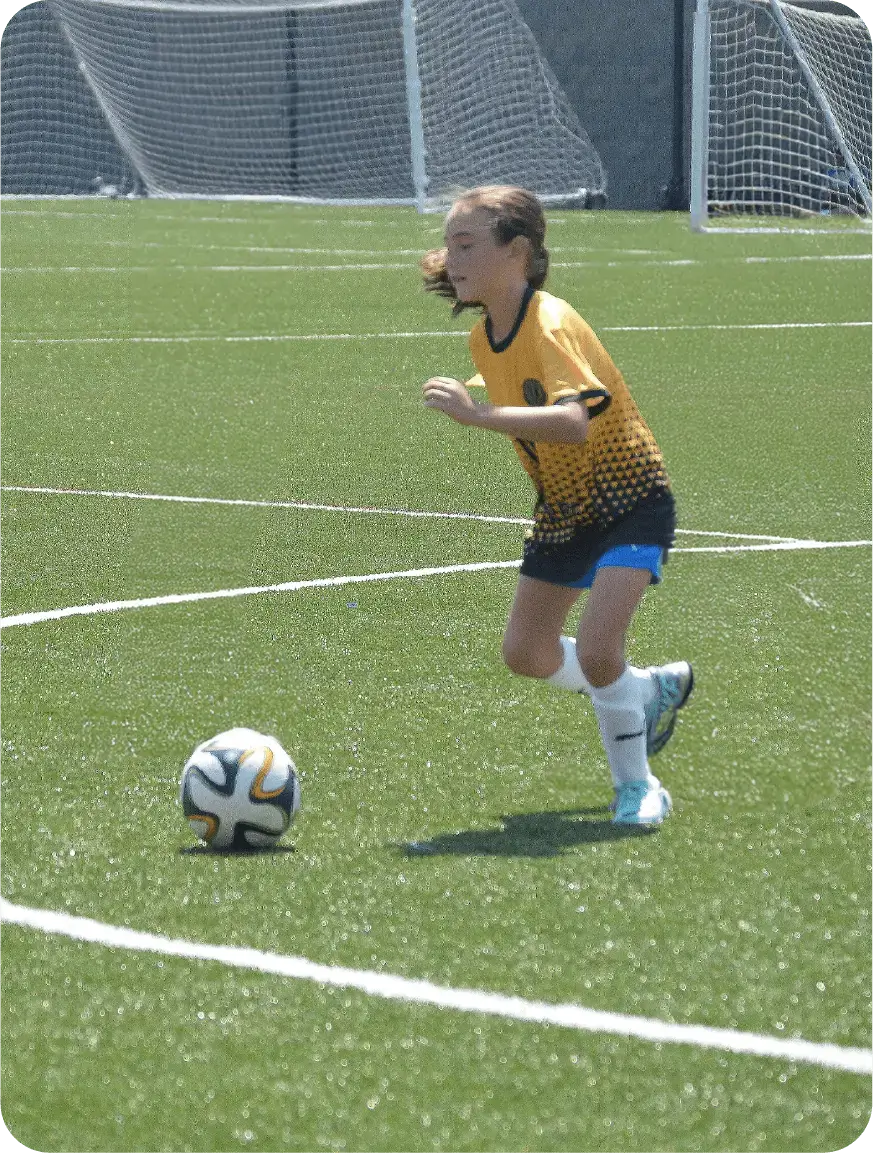
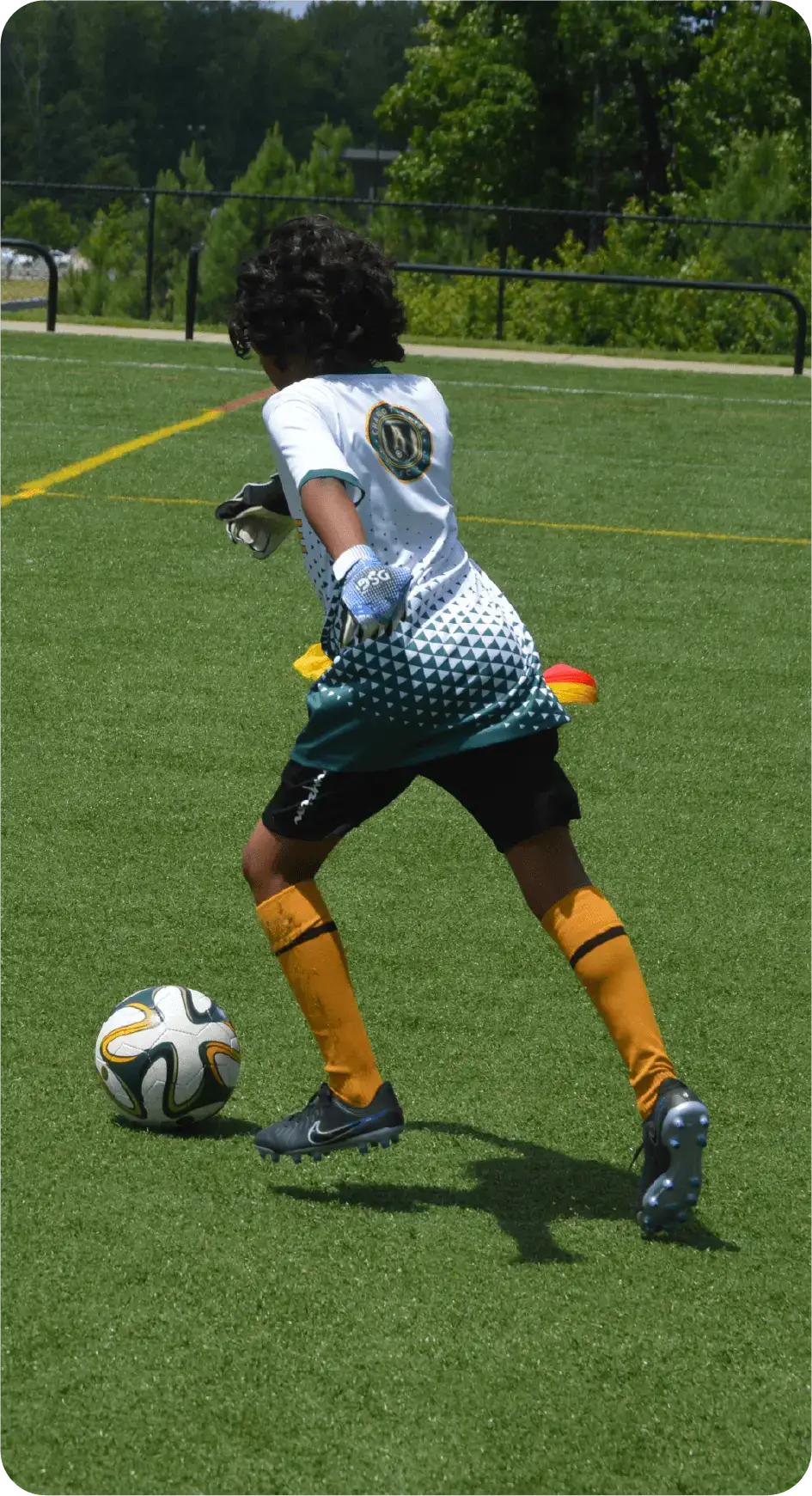
Speed Drills
-
Cone Sprint Drills
-
Relay Races
Agility Drills
Ladder Drills
Cone Drills
Shuttle Runs
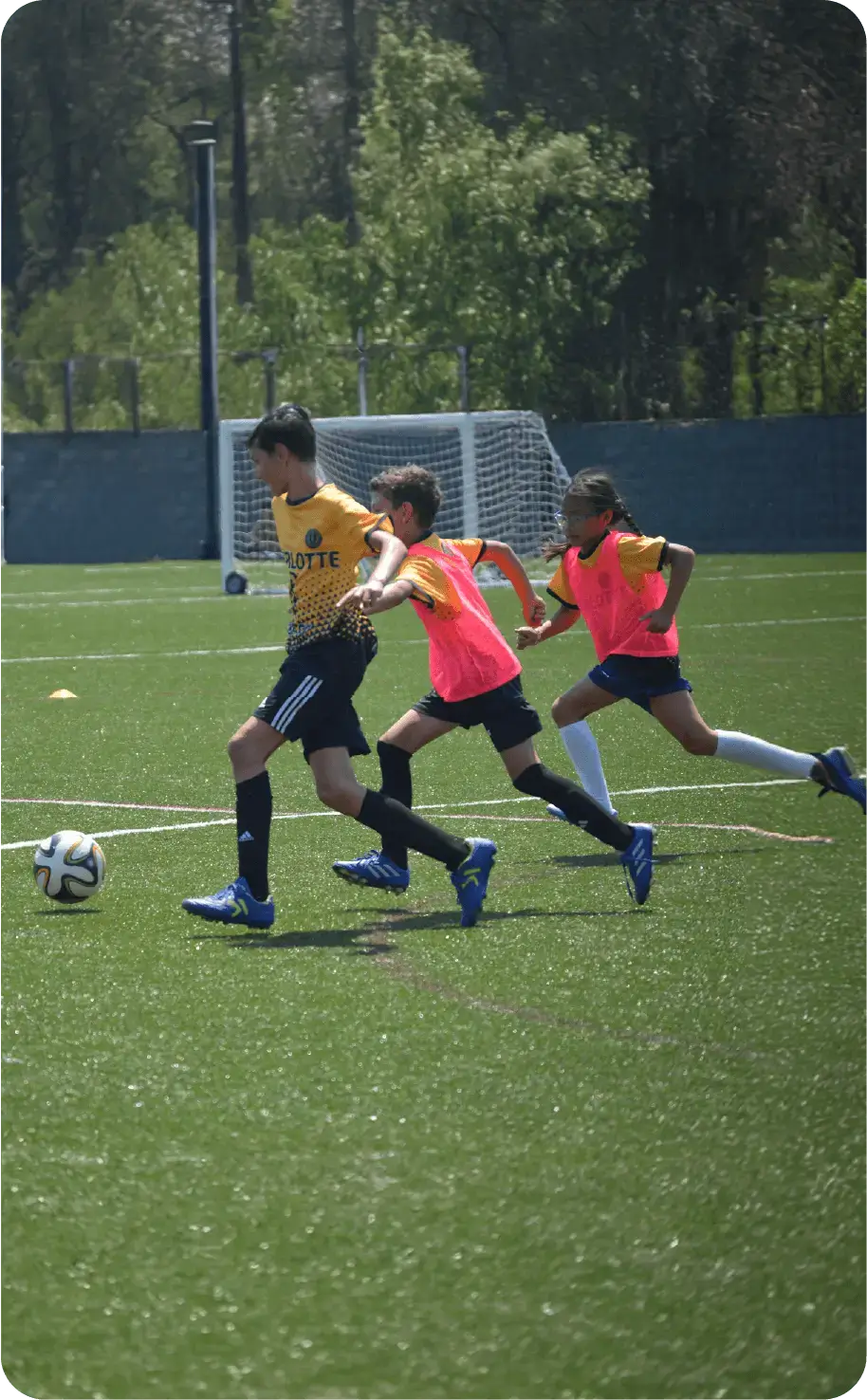
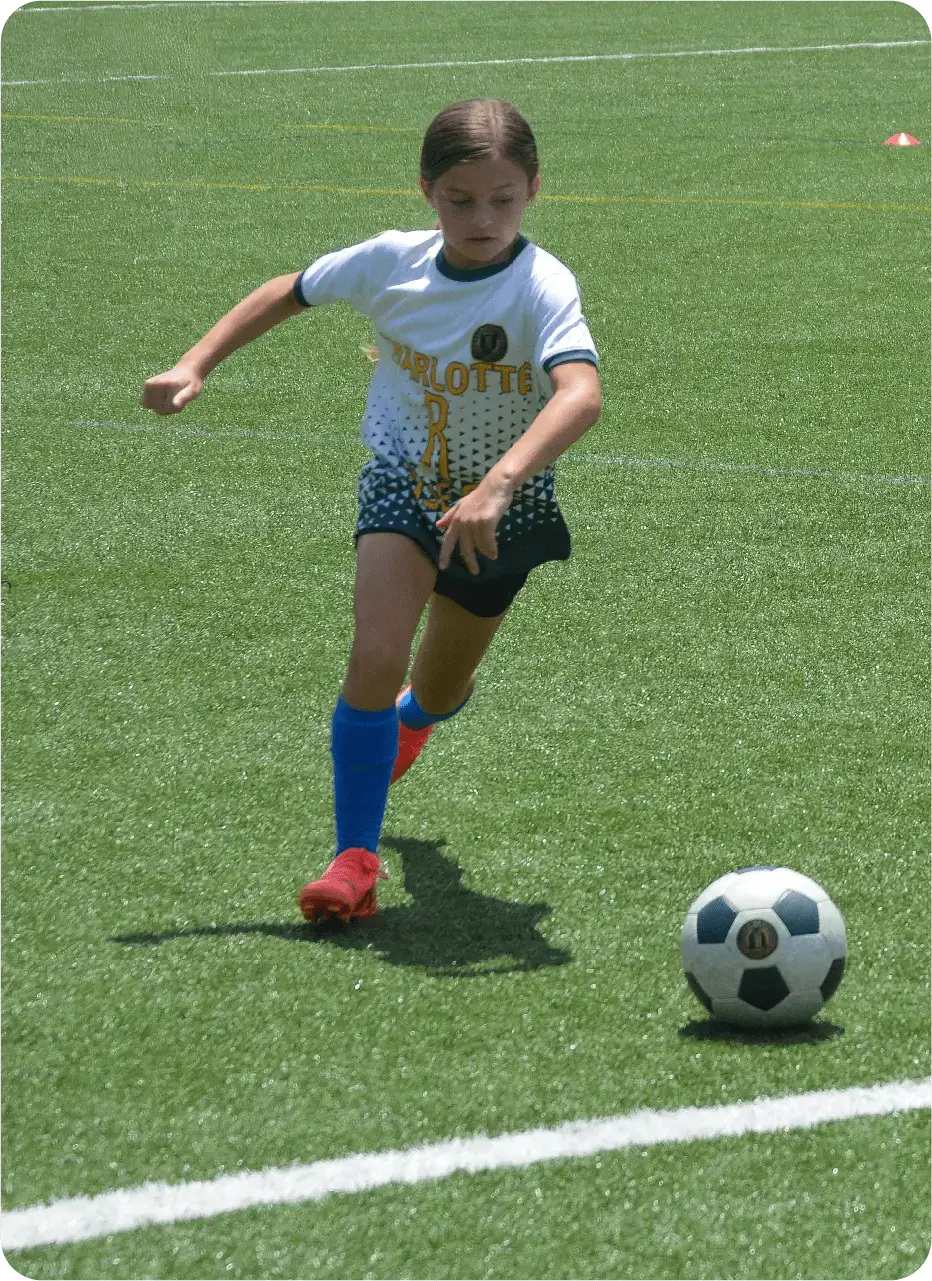
Combined Drills
SAQ (Speed, Agility, Quickness) Drills
Reaction Drills
Special Considerations for Young Soccer Players
Age-Appropriate Training
Training should be designed to suit the developmental stage of young athletes. For younger players, focus on fun and basic skills. As they grow older and more skilled, they introduce more challenging drills.
Safety and Injury Prevention
Proper technique is crucial to prevent injuries. Always ensure athletes warm up adequately, use the correct form, and rest sufficiently between sessions.
Psychological Aspects
Training should be enjoyable to maintain motivation. Incorporate games and challenges to keep young athletes excited about their progress.
Conclusion
Incorporating speed and agility training into regular practice is essential for young soccer players. Not only does it improve their game performance, but it also enhances their overall athletic development. Coaches and parents should support and motivate young athletes to engage in these training routines, ensuring they enjoy the process and achieve their full potential.

